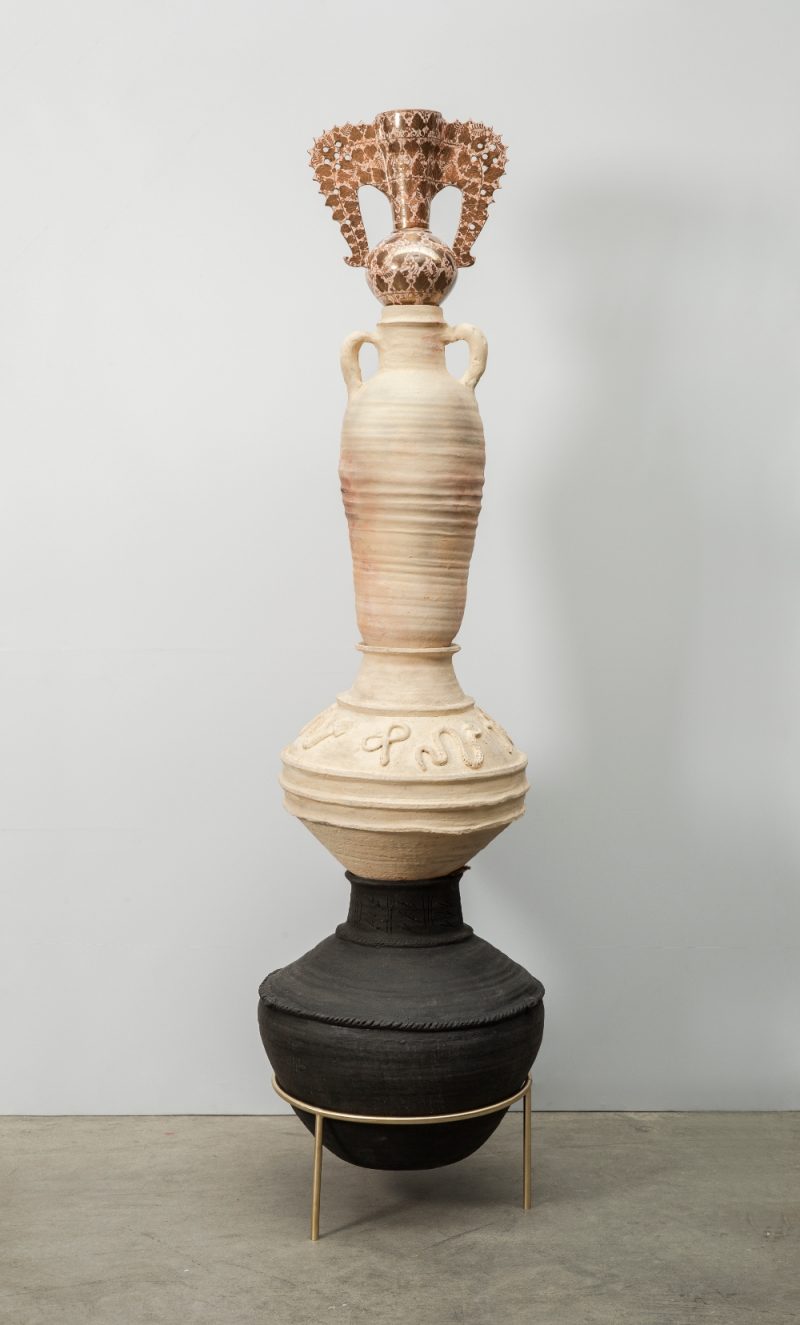Asunción Molinos Gordo (b. 1979, Aranda de Duero, Burgos, Spain) is a research-based artist strongly influenced by disciplines such as anthropology, sociology and cultural studies. In her practice she questions the categories that define ‘innovation’ in mainstream discourses today, working to generate a less urban-centric way of understanding progress.
The main focus of her work is contemporary peasantry. Her understating of the figure of the small or medium farmer is not merely as food producer but as a cultural agent, responsible for both perpetuating traditional knowledge and for generating new expertise. She employs installation, photography, video, sound and other media to examine the rural realm driven by a strong desire to understand the value and complexity of its cultural production, as well as the burdens that keep it invisible and marginalised.
She has produced work reflecting on land usage, nomad architecture, farmers’ strikes, bureaucracy on the territory, the transformation of rural labour, biotechnology and global food trade.
Molinos Gordo won the Sharjah Biennial Prize 2015 with her project WAM (World Agriculture Museum) and represented Spain official section at the 13th Havana Biennial 2019. Her work has been exhibited at venues including V&A Museum (London), Delfina Foundation (London), ARNOLFINI (Bristol), The Townhouse Gallery (Cairo), Darat Al Funun (Amman), Tranzit (Prague), ART BASEL Miami Beach (US), Cappadox Festival (Uchisar-Turkey), The Finnish Museum of Photography (Helsinki), Museo Carrillo Gil (Mexico), MAZ Museo de Arte de Zapopan (Mexico), MUSAC (León, Spain), CA2M (Madrid, Spain), CAB de Burgos (Spain), Matadero (Madrid, Spain) and La Casa Encendida (Madrid, Spain), among others.
She obtained her B.F.A. from the Universidad Complutense de Madrid, where she also pursued her Master in Contemporary Art Theory and Practice. She is currently studying Anthropology and Ethnography at UNED (Spain).
Molinos Gordo is represented by Travesia Cuatro gallery and lives between Spain and Egypt.
